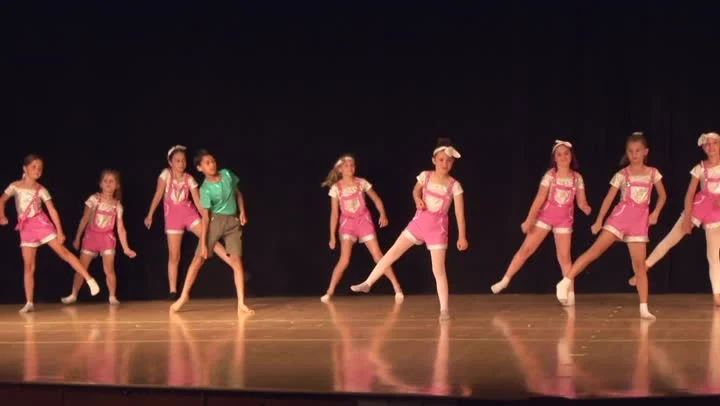
- 1-the-evolution-of-how-dance-schooling-develops-skills
- 2-key-elements-of-a-comprehensive-dance-education
- 3-how-dance-schooling-influences-personal-growth
- 4-real-experiences-from-dancers-in-training
- 5-choosing-the-right-dance-academy-for-your-path
1. The Evolution of How Dance Schooling Develops Skills
1.1 More Than Just Movement: The Role of Structure
Many people think of dance schooling as a place where kids go to learn routines. But in reality, structured dance education builds foundational techniques, from posture and alignment to rhythm and musicality. Whether it’s ballet, hip hop, or jazz, dance schooling fosters physical awareness and creative expression in a disciplined environment.
1.2 Academic vs. Studio-Based Programs
In the UK and U.S., academic institutions like conservatories offer formal qualifications, while independent studios focus on performance. Each plays a vital role in shaping the dancer’s toolkit. Understanding how dance schooling differs between these settings helps parents and students set clearer goals.
2. Key Elements of a Comprehensive Dance Education
2.1 Curriculum Variety Matters
A strong dance school doesn’t just teach one genre. It introduces students to classical ballet, modern dance, lyrical styles, and even dance history. These elements help dancers become versatile performers. Schools like the American Dance Academy are known for integrating such multidimensional learning.
2.2 Mentorship and Feedback
What sets exceptional schooling apart is the quality of mentorship. Constructive correction, regular performance assessments, and personal guidance make a huge difference in student development. Dance is as much about emotional resilience as physical discipline—and good instructors teach both.
2.3 Integration of Health and Wellness
Top dance programs now include classes on injury prevention, nutrition, and mental wellness. This is a critical shift, especially as young dancers face intense physical demands. Understanding how dance schooling prioritizes well-being can help prevent burnout and long-term injuries.
3. How Dance Schooling Influences Personal Growth
3.1 Confidence and Communication
Dancers often emerge with strong communication skills, both verbal and non-verbal. They’re trained to project emotion through movement, hold presence on stage, and work collaboratively. For shy students, dance schooling can offer a path to increased confidence and social development.
3.2 Time Management and Discipline
Balancing academics with rehearsals, costume fittings, and weekend shows teaches real-world discipline. One 14-year-old performer shared how attending dance school taught her more about responsibility than any school project could.
3.3 Long-Term Career Potential
Even if students don’t pursue professional dance, the skills gained—poise, perseverance, adaptability—translate into numerous careers. Alumni of respected schools often thrive in arts administration, therapy, teaching, and even entrepreneurship.
4. Real Experiences from Dancers in Training
4.1 Emily's Story: From Small Studio to Scholarship
Emily, now a full-time student at a national conservatory, began dancing at a local studio with just two classes a week. Her instructor noticed her potential and encouraged her to apply to a summer intensive. That exposure led to a scholarship and a new world of opportunity. She credits her success to the nurturing and challenge she received early on.
4.2 Overcoming Challenges Through Dance
Another dancer, Marcus, struggled with coordination and bullying in middle school. After enrolling in a contemporary program, he found his rhythm—literally and socially. Dance schooling helped him gain self-respect and community. Today, he mentors younger boys at the very school that helped him.
5. Choosing the Right Dance Academy for Your Path
5.1 Know Your Goals
Not all students aim to join Broadway or a ballet corps. Some want to gain body confidence or simply enjoy expression. When choosing a school, clarity on personal goals is essential. Ask: Do I want a professional track or a creative outlet?
5.2 What to Look For
Look beyond glossy photos. Ask about faculty experience, class sizes, student progression, and alumni success. Visit the space. Sit in on a class. Observe the student-teacher dynamic. And if you’re unsure, platforms like American Dance Academy can help you compare options that best suit your needs.
5.3 Final Thought: The Journey Matters
In the end, how dance schooling shapes a person extends far beyond choreography. It’s about connection, resilience, and expression. Choosing the right school could be the beginning of a transformative life path.
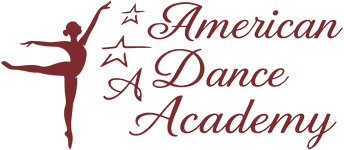
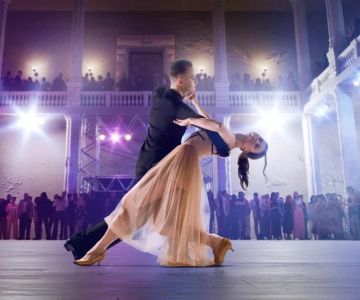
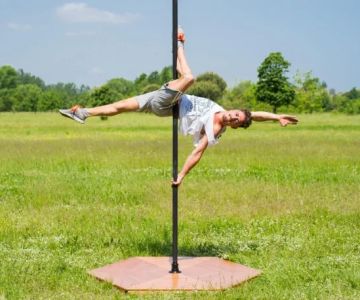
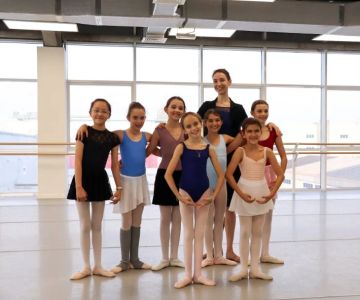
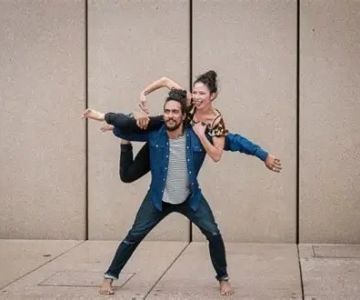

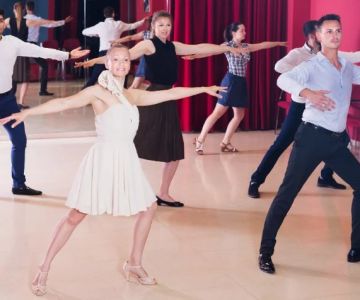
 Barrington Dance Academy5.0 (22 reviews)
Barrington Dance Academy5.0 (22 reviews)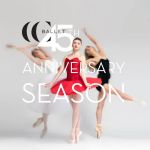 Canyon Concert Ballet4.0 (17 reviews)
Canyon Concert Ballet4.0 (17 reviews) Big City Dance Center LLC4.0 (25 reviews)
Big City Dance Center LLC4.0 (25 reviews)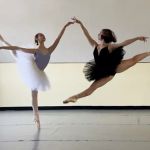 Tye Chua Dance & Kalamazoo Ballet5.0 (18 reviews)
Tye Chua Dance & Kalamazoo Ballet5.0 (18 reviews) Fenton Ballet Theatre4.0 (24 reviews)
Fenton Ballet Theatre4.0 (24 reviews) Front Street Dance Center5.0 (7 reviews)
Front Street Dance Center5.0 (7 reviews) Are There Dances in Middle School? What Students and Parents Should Know
Are There Dances in Middle School? What Students and Parents Should Know How a Dance School in Instagram Builds Community and Success
How a Dance School in Instagram Builds Community and Success Why Do Schools Teach Square Dancing?
Why Do Schools Teach Square Dancing?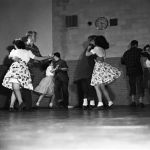 Why Was Square Dancing Taught in School?
Why Was Square Dancing Taught in School? Why Swing Dance Is Popular for Adults
Why Swing Dance Is Popular for Adults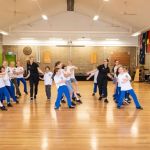 A School Dance: How to Prepare, Shine, and Make It Unforgettable
A School Dance: How to Prepare, Shine, and Make It Unforgettable